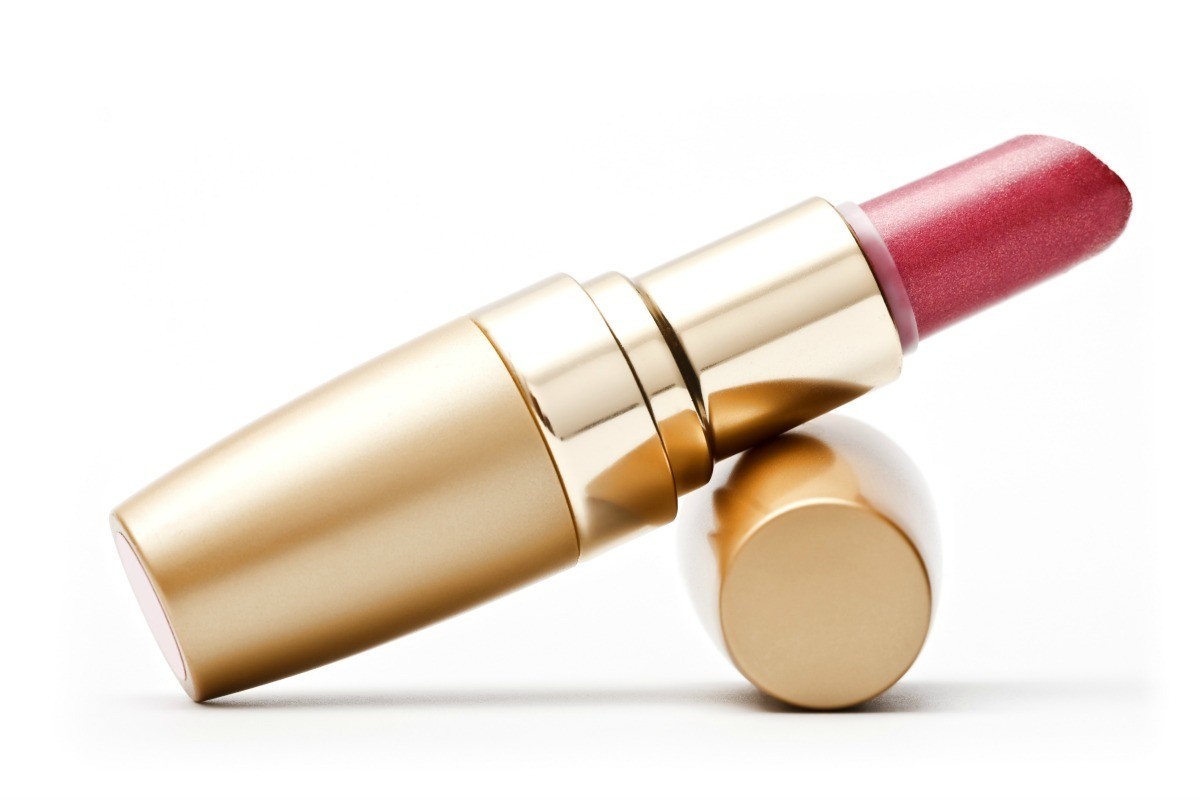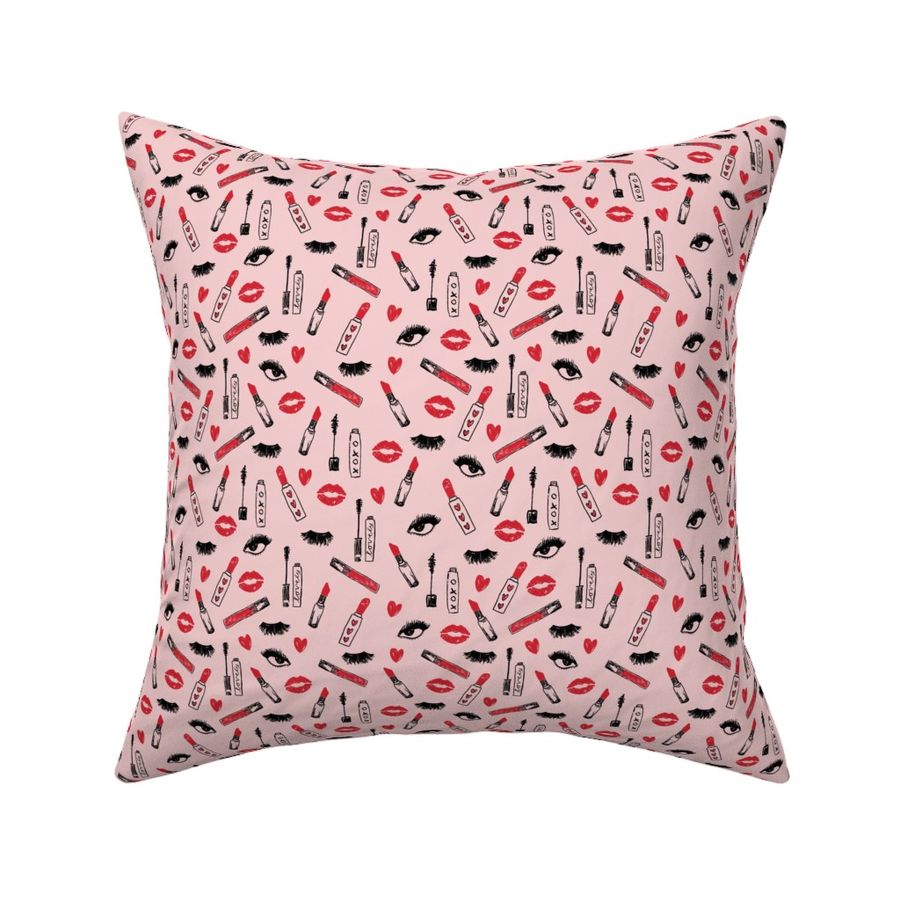Removing lipstick from fabric can be a daunting task, but it doesn't have to be. Whether it's a favorite blouse or upholstery, lipstick stains are common and easily managed with the right techniques. In this comprehensive guide, we will explore step-by-step methods to tackle lipstick stains effectively.
Accidents happen, and when lipstick meets fabric, it can feel like a disaster. However, armed with the right knowledge, you can handle these stains with ease. From identifying the type of fabric to choosing the appropriate cleaning solution, this guide will cover everything you need to know about removing lipstick from fabric.
Whether you're a busy parent, a professional, or someone who loves entertaining, lipstick stains are inevitable. This article will empower you with practical solutions, ensuring your clothes and home textiles remain stain-free. Let’s dive in!
Read also:Jennifers Body Prom Dress A Cinematic Icon And Style Inspiration
Table of Contents
- Biography of Lipstick Stain Removal Experts
- Understanding Fabric Types and Their Impact on Lipstick Stains
- Common Methods for Removing Lipstick from Fabric
- Step-by-Step Guide to Removing Lipstick Stains
- Effective Home Remedies for Lipstick Stains
- When to Seek Professional Help
- Prevention Tips to Avoid Lipstick Stains
- Frequently Asked Questions About Lipstick Stains
- Tools and Materials Needed for Stain Removal
- Conclusion: Keep Your Fabrics Spotless
Biography of Lipstick Stain Removal Experts
Before we dive into the techniques, let's take a moment to understand the expertise behind this guide. Our team of cleaning experts has years of experience in stain removal, specializing in delicate fabrics and challenging stains. Below is a brief overview of their qualifications:
Data and Biodata
| Name | Role | Experience | Expertise |
|---|---|---|---|
| Jane Thompson | Stain Removal Specialist | 15 years | Delicate Fabrics |
| Mark Davis | Textile Care Expert | 12 years | Upholstery and Carpets |
| Sophia Lee | Chemical Formulation Expert | 10 years | Cleaning Solutions |
Understanding Fabric Types and Their Impact on Lipstick Stains
The first step in removing lipstick from fabric is understanding the material you're working with. Different fabrics require different approaches to avoid damage. Here’s a breakdown of common fabric types:
Types of Fabrics
- Cotton: Durable and easy to clean, cotton can handle most stain removal methods.
- Silk: Delicate and requires gentle cleaning techniques to prevent damage.
- Polyester: Synthetic and resilient, polyester can withstand harsher cleaning solutions.
- Wool: Requires special care to avoid shrinking and felting.
Common Methods for Removing Lipstick from Fabric
There are several methods available for removing lipstick stains. The effectiveness of each method depends on the fabric type and the specific stain. Below are some commonly used techniques:
Using Rubbing Alcohol
Rubbing alcohol is a popular choice for breaking down lipstick pigments. Apply a small amount to a cotton swab and gently blot the stain. Be cautious with delicate fabrics, as alcohol can cause discoloration.
Employing Dishwashing Liquid
Dishwashing liquid is effective in breaking down oil-based stains. Mix a few drops with warm water, apply to the stain, and gently scrub. Rinse thoroughly to remove any residue.
Step-by-Step Guide to Removing Lipstick Stains
For best results, follow this step-by-step process to remove lipstick stains:
Read also:Definition Brush For Curly Hair The Ultimate Guide For Curls
- Blot the stain with a clean cloth to remove excess lipstick.
- Apply a small amount of rubbing alcohol or dishwashing liquid to the stain.
- Gently blot the area with a soft brush or cloth.
- Rinse the fabric with cold water and repeat if necessary.
- Machine wash the fabric according to its care label instructions.
Effective Home Remedies for Lipstick Stains
Home remedies are often effective and cost-efficient. Here are some natural solutions you can try:
Vinegar and Baking Soda
Mix equal parts of white vinegar and baking soda to create a paste. Apply the paste to the stain and let it sit for 15 minutes before blotting and rinsing.
Hydrogen Peroxide
Hydrogen peroxide can help break down stubborn stains. Mix it with water and apply to the stain, then blot gently. This method is particularly effective on white fabrics.
When to Seek Professional Help
While many stains can be removed at home, some situations require professional intervention. Consider reaching out to a professional cleaner if:
- The fabric is extremely delicate or valuable.
- The stain persists after multiple attempts at home removal.
- You lack the necessary tools or expertise to handle the stain safely.
Prevention Tips to Avoid Lipstick Stains
Prevention is always better than cure. Here are some tips to help you avoid lipstick stains:
- Use blotting papers to remove excess lipstick before wearing clothes.
- Apply lipstick carefully and avoid over-application.
- Store clothes and textiles away from lipstick containers.
Frequently Asked Questions About Lipstick Stains
Here are answers to some common questions about removing lipstick from fabric:
Can I use bleach on colored fabrics?
No, bleach should only be used on white fabrics. For colored fabrics, opt for color-safe alternatives.
Is it safe to use rubbing alcohol on silk?
Rubbing alcohol can damage silk fibers. Test on a small, inconspicuous area before applying it to the stain.
Tools and Materials Needed for Stain Removal
Having the right tools can make stain removal easier and more effective. Here’s a list of essential items:
- Cotton swabs
- Soft-bristled brush
- Rubbing alcohol
- Dishwashing liquid
- White vinegar
- Baking soda
- Hydrogen peroxide
Conclusion: Keep Your Fabrics Spotless
In conclusion, removing lipstick from fabric is a manageable task with the right knowledge and tools. By understanding fabric types, employing effective techniques, and using natural remedies, you can keep your textiles looking their best. Remember to always test solutions on a small area first and seek professional help when needed.
Take action today by trying out these methods and sharing your success stories in the comments below. For more tips and tricks, explore our other articles on fabric care and stain removal.
Data and statistics from trusted sources such as Cleaning Institute and Consumer Reports support the effectiveness of these techniques. Stay informed and keep your fabrics stain-free!


